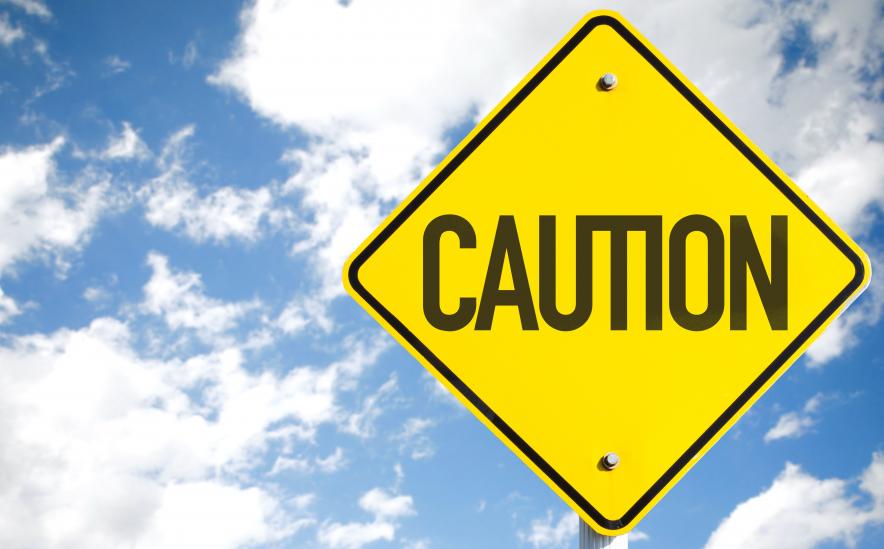3 ways to predict a company is in trouble

The financial failure of any company can have a ripple effect on its customers and supply chain. It’s a troubling prospect for vulnerable small businesses to consider, but reassuringly it rarely happens without warning.
Referencing a real-life example, we share our expert insights so you too can accurately interpret signs of business distress.
Melbourne-based chocolatiers Koko Black went into voluntary administration in November 2015 and the media reported the collapse as an ’out of the blue’ occurrence. In reality, there were a number of tell-tale signs that indicated the company was struggling – as is often the case if you know what to look for. Here we take a closer look at the collapse of Koko Black and the actions that signposted its demise.
1. Late payment trends
Credit reports are typically constructed using ‘negative data’, such as court judgements or payment defaults. While it’s true that there was no negative or adverse information about Koko Black prior to its collapse, there are other important elements that make up a company’s financial footprint.
At Equifax we collect millions of lines of ‘positive data’ every month. This enables us to see how well businesses pay their suppliers, including payment for critical services such as phone and internet. This myriad of monthly data provides real-time insights around company habits and cash flow.
Koko Black’s payments were typically late by 21 days and over time this period deteriorated. Businesses often pay late, but analytics show that once they reach a certain threshold (in this case, 15 days), they’re 3.8 times more likely to experience an adverse event – such as insolvency, court judgement or a default – in the next 12 months than those who pay before the tipping point is reached.
2. Staff cuts
Significant staff cuts are another good indicator that a company may be facing financial stress and seeking to limit its spending. If you hear reports of staff layoffs or restructures in the news or on the grapevine, it pays to be cautious. Reconsider your payment terms, try and find out more by reviewing the company’s credit report, and make smart, risk-mitigating steps to protect yourself.
3. High-risk industries
While every company is different, some industries are typically more exposed to risk or late payment due to the nature of their trade. Due to its dependence on a long supply-chain of material, for example, the construction industry typically pays late and faces the highest level of insolvencies.
The good news is that by understanding these early warning signs, you can limit your company’s exposure to future negative impact.
Did you find this article helpful? For more tips and small business solutions, follow Equifax Small Business on LinkedIn

